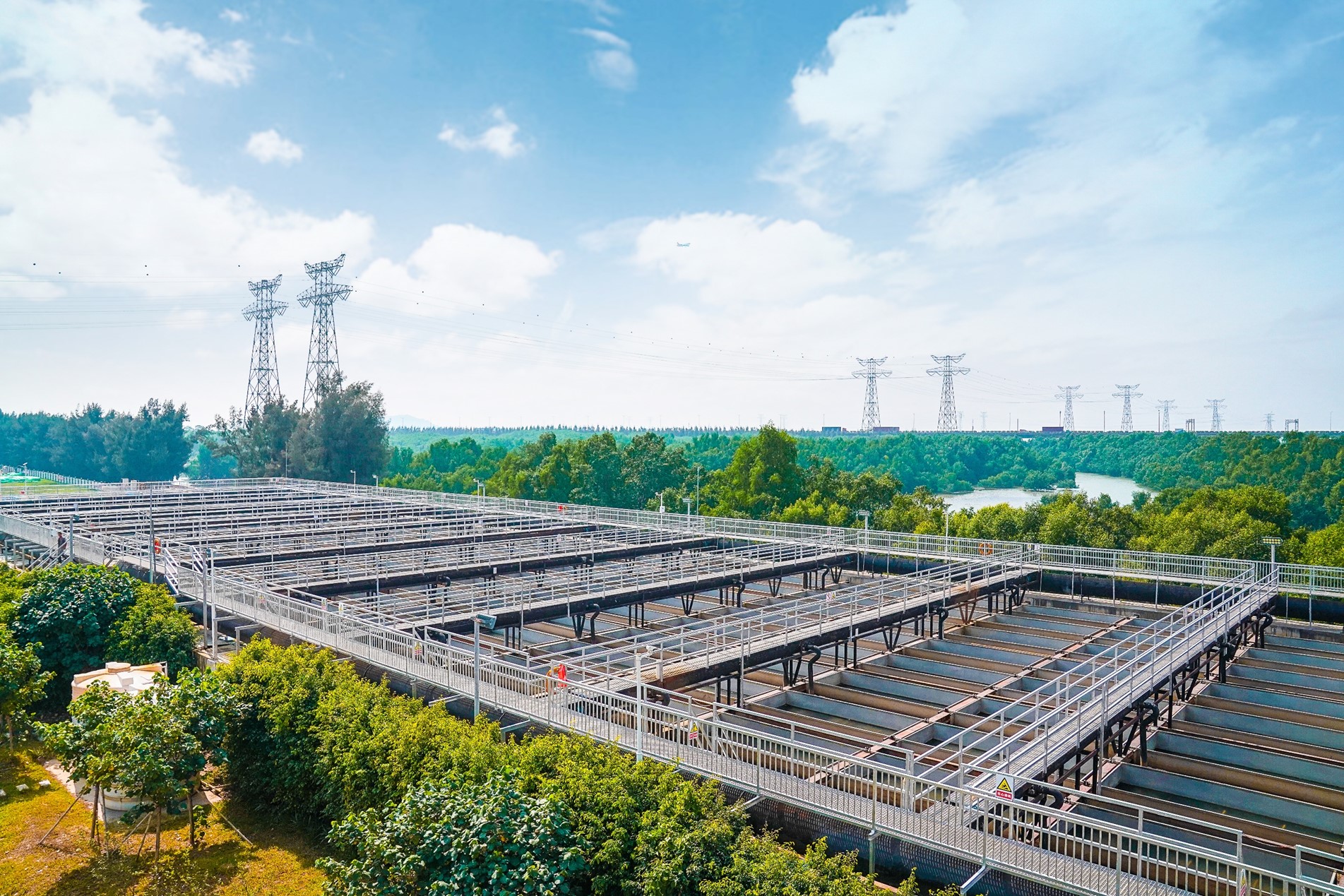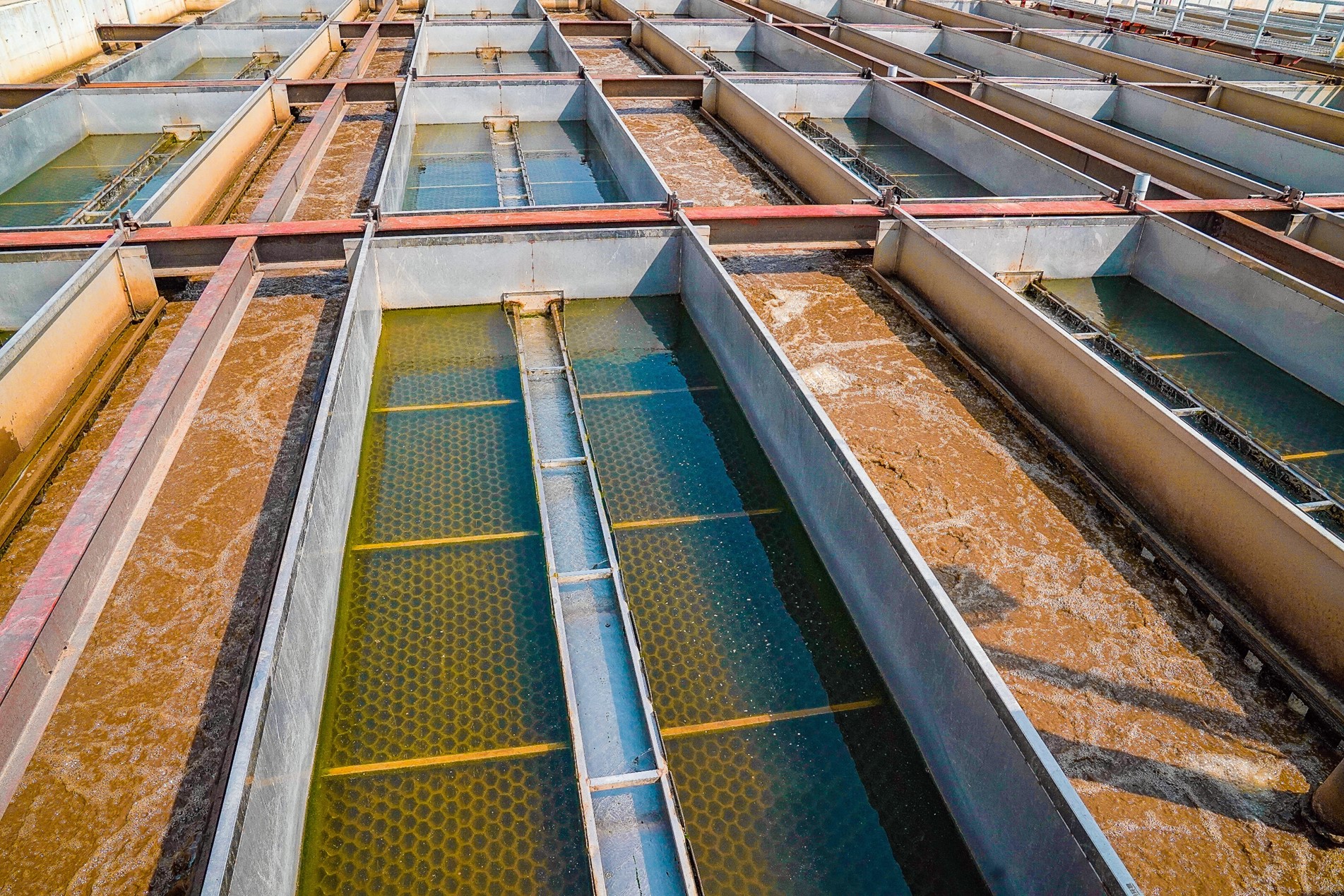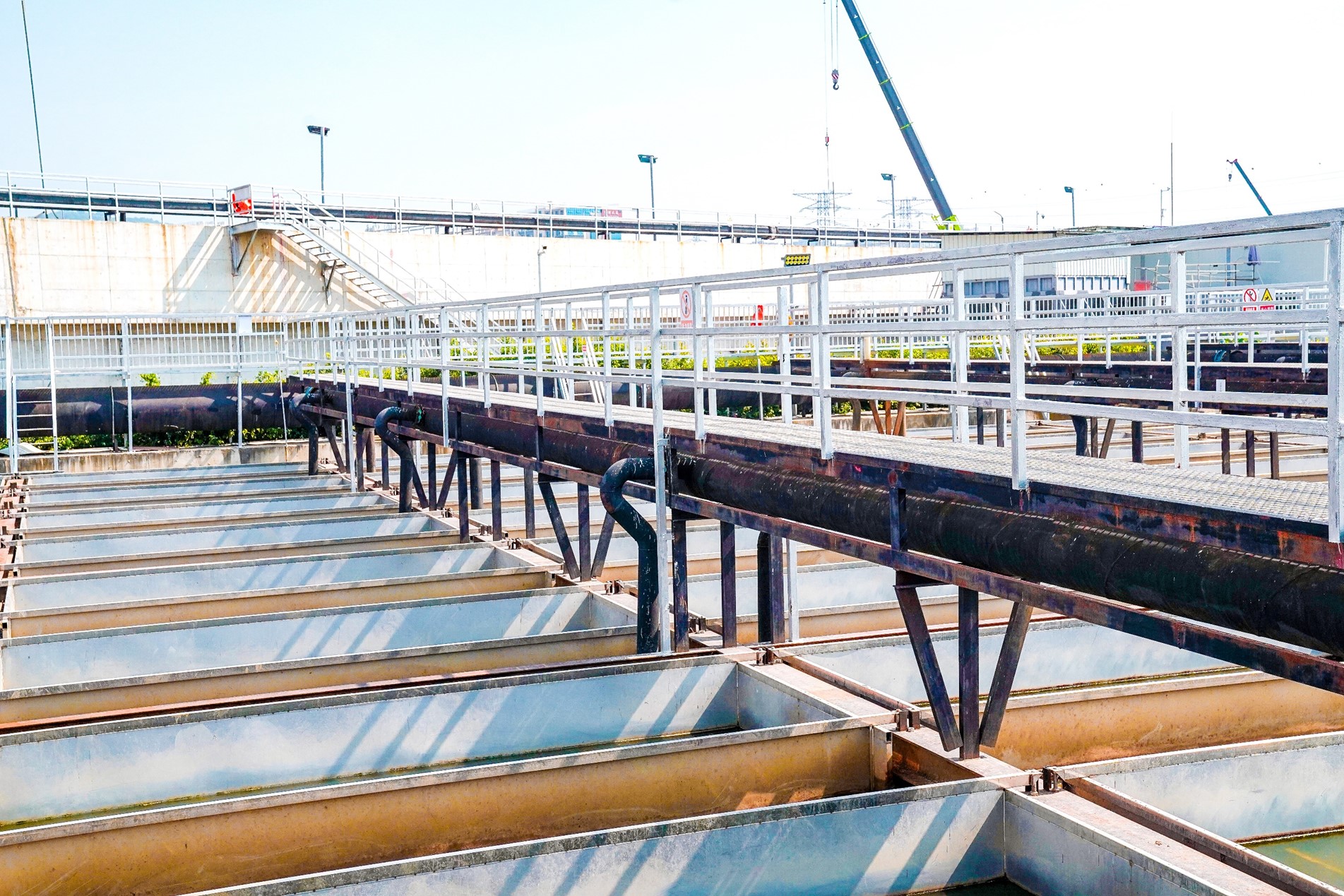The Cases of S-RPIR Process that Could Create a Space-saving, Cost-effective, And Simple-to-Operate Sewage Treatment Plant:the Shenzhen Gushu Area Sewage Treatment Expansion Service Project
"Why does sewage treatment matter? And what's its impact on our environment? The answers to these questions might seem obvious, but they are crucial to our ongoing battle against pollution. In fact, the process of sewage treatment is a brilliant demonstration of engineering and environmental stewardship, working hand-in-hand to protect our water bodies and ecosystems.

Take for instance, the Shenzhen Gushu Area Sewage Treatment Expansion Service Project. This initiative was born out of a need to assist a phase-I sewage treatment plant in reducing the pollution load of excess sewage. The solution? A new set of emergency sewage treatment facilities capable of processing a staggering hundred and twenty thousand cubic meters per day.

At the heart of this project lies the S-RPIR rapid sewage treatment process. So, what exactly is the S-RPIR process? It's a sophisticated technique that's not only quick but also highly efficient. The S-RPIR process is a modular system that can be quickly assembled on site. This makes it incredibly flexible and suitable for a variety of situations.

What sets the S-RPIR process apart is its ability to deliver high standard effluent while keeping the operating costs low. This is a game-changer in the world of sewage treatment. The S-RPIR process also uses an integrated facility that requires no external reflux. This simplifies the operation and management of the system, making it a more appealing option for many municipalities and organizations.
Now, onto the specifics of the Shenzhen Gushu project. This project not only utilizes the S-RPIR process but also adheres to the first grade A standard for discharge. What this means is that the treated water, or effluent, is of such high quality that it can be discharged directly into the river as a replenishing source. The result? The water quality of the river body and the coastal waters of the Pearl River Estuary now meets the assessment standards.

In summary, the Shenzhen Gushu Area Sewage Treatment Expansion Service Project represents a significant stride forward in sewage treatment. It showcases how the S-RPIR process can be used to create a space-saving, cost-effective, and simple-to-operate sewage treatment plant. It's a shining example of how investment in sewage treatment can lead to tangible benefits for our environment, including cleaner rivers and coastal waters.
So, the next time you ponder about the importance of sewage treatment, think about the Shenzhen Gushu project. It's a testament to the power of engineering and environmental stewardship, and a reminder of the crucial role that sewage treatment plays in preserving our world for future generations.
 LOADING...
LOADING...
 DATE:2024年04月01日
DATE:2024年04月01日



